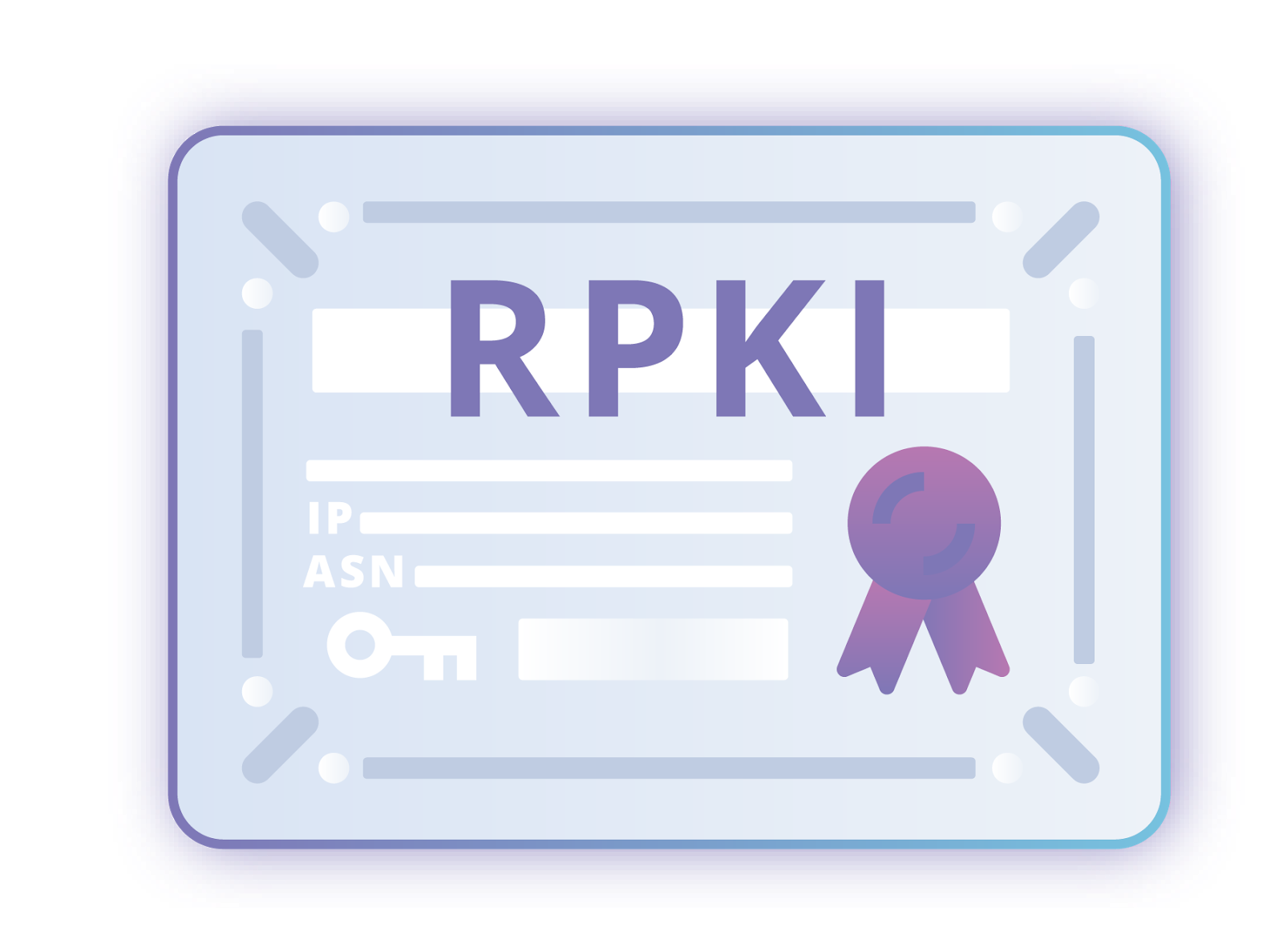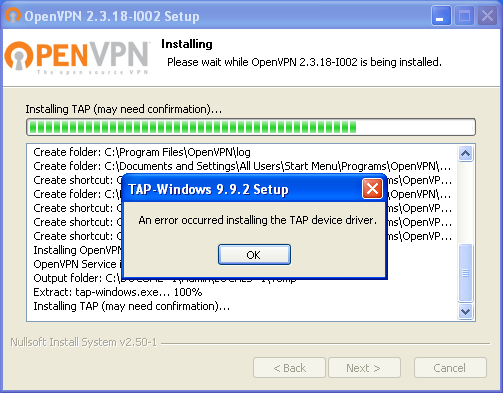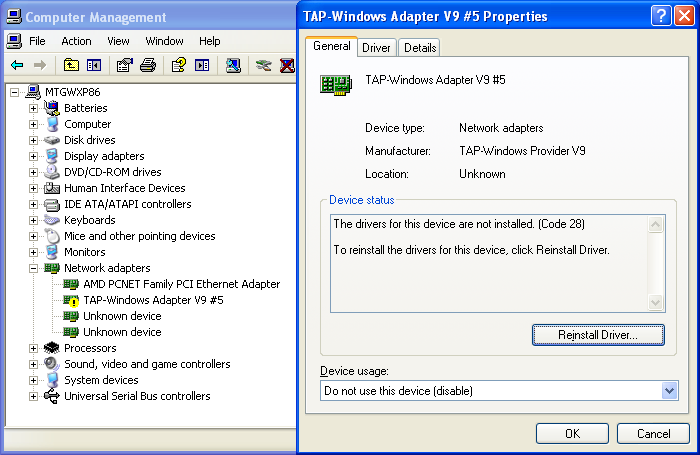Announcing general availability of VMware NSX-T Data Center 2.3.0
With this release, NSX-T 2.3 continues to enable VMware’s vision of delivering consistent, pervasive connectivity and intrinsic security for applications and data across any environment. These new advancements help customers implement a more secure, end-to-end software-based network architecture – a Virtual Cloud Network – that supports their multi-cloud enterprises and advanced security in new and compelling ways.
NSX-T Data Center 2.3 extends advanced multi-cloud networking and security capabilities to AWS, in addition to Microsoft Azure and on-premises environments, and adds support for bare metal hosts as well.
Here are a few highlighted features among what’s new in this release.
Extending NSX-T Data Center support for Bare-Metal
NSX-T Data Center 2.3 introduces support for bare metal hosts, in addition to hypervisor and container environments. This includes Linux-based workloads running on bare-metal servers, as well as containers running on bare-metal servers without a hypervisor. To support this new capability, NSX-T leverages the Open vSwitch, allowing any Linux host to be an NSX-T transport node.
Bare-Metal Server Support
This release introduces support for Bare-Metal native compute workloads running RHEL 7.4, 7.5, CentOS 7.4, and Ubuntu 16.0.4 operating systems that allows users to network Bare-Metal compute Continue reading
 McAfee says Presidents Trump and Obama have malware campaigns named after them. Tenable discloses a flaw that could affect hundreds of thousands of security cameras globally.
McAfee says Presidents Trump and Obama have malware campaigns named after them. Tenable discloses a flaw that could affect hundreds of thousands of security cameras globally.



 The modern service provider is embracing technologies that were once used only by enterprise IT.
The modern service provider is embracing technologies that were once used only by enterprise IT.





